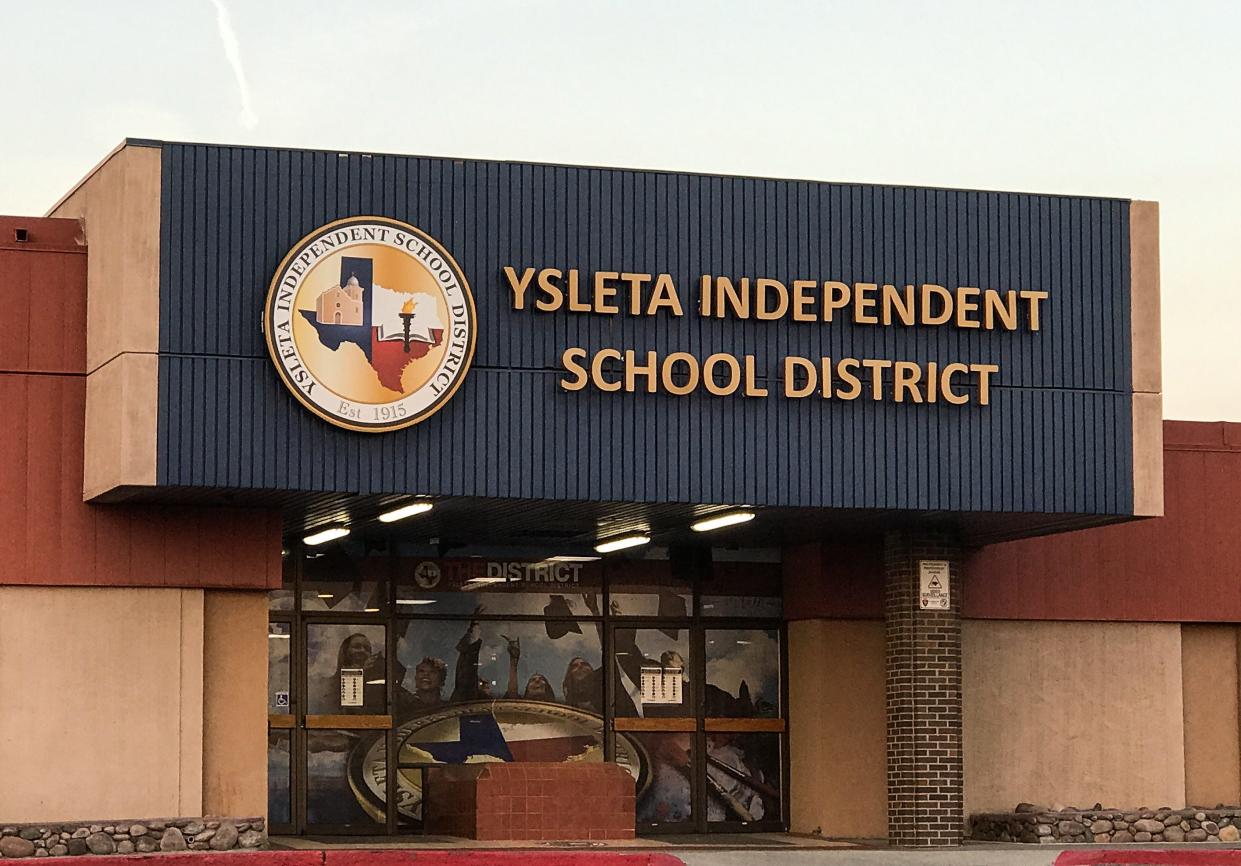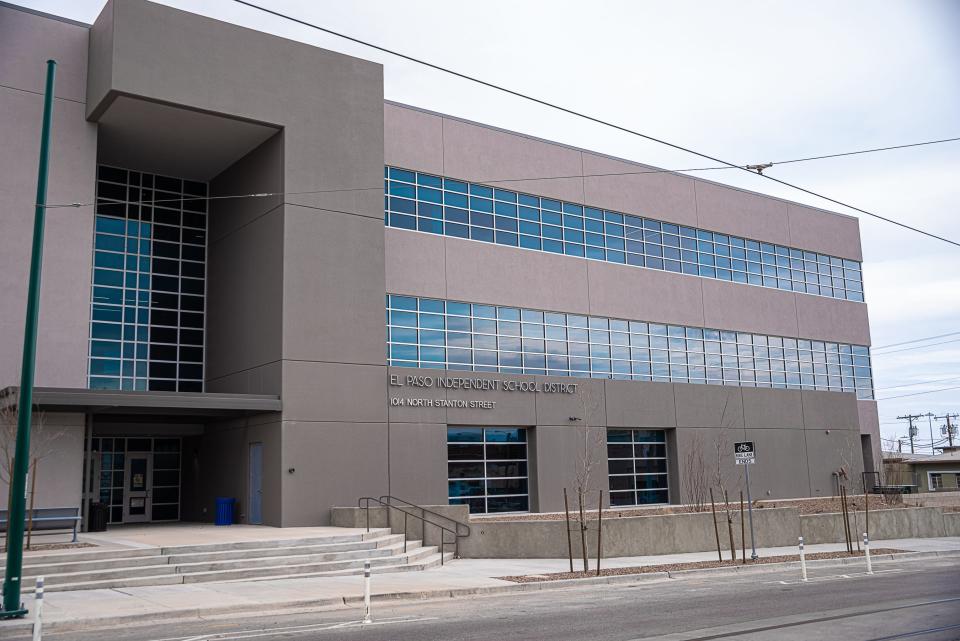'Rejuvenated and ready to roll': El Paso schools observe impacts of year-round education

After transitioning to a year-round school calendar in 2020, teachers, administrators and students around El Paso are noticing the impacts of the change.
In the year-round calendar, the traditional three-month-long summer break is replaced by two intersession periods, one in fall and one in the spring, in addition to regular Thanksgiving and winter breaks. School begins in late July to early August and ends in early June, so that intersessions fall between two nine-week-long quarters.
Each intersession is one week long, followed by an additional weeklong district closure, giving students a two-week break from instruction. Their influence on burnout has been among the most noticeable impacts, said Parkland Elementary teacher Alexandra Fatien.
"One of the biggest benefits so far has been how much it impacts the student learning and mental health, not just for students but for teachers," Fatien said. "Having these breaks pushes that enthusiasm for learning, and students have a brighter mental health for learning."
Sylvia Gonzalez, a pre-K teacher at MacArthur PK-8 School, agrees.
"I think it's great," Gonzalez said of the year-round calendar. "It's beneficial to the teachers and the students as well. Students come back from intersession rejuvenated and ready to roll."
Some students echo Gonzalez's sentiment.
"Once (students) start getting tired, they think, 'Oh, I have this intersession period,' " said Eastwood junior and student council Vice President Sienna De La Fuente. "I feel like it's easier for students to push through to October and those breaks because they know they're going to get a chance to rest."
De La Fuente has also noticed a positive impact on school pride as a result of the transition to year-round education. With a smaller gap between each school year, students are more enthusiastic about resuming school activities, she said, such as football games, dress-up weeks and other events.
Meanwhile, students at Hanks High School have mixed feelings about the change. With additional breaks come additional practices, said junior Joi Suarez, student council treasurer and a member of the dance team. Some activities require two practices per day during intersession periods, resulting in limited time to relax during the break from classes.
Suarez was expected to practice during YISD's eight-week summer break as well, during which she also worked at her family's business, making it feel like the break from school was hardly a break at all. Finding time and energy to see friends outside of school has almost become more challenging, Suarez said, due to feeling "so overwhelmed, physically and mentally."
More difficult for students to get summer jobs
For other students, the year-round calendar has made holding a summer job nearly impossible. As a member of the Hanks High School band, senior Isabella Rosales was left with no time for a summer job due to required practices nearly every day of summer. Senior Student Council President Astrid Rojas was hoping to use a summer job to save for college and a car, but found employers were unwilling to hire her since she could only be available for six to eight weeks.
An additional challenge for Rojas has been the inconsistency between the year-round calendar and the dual credit calendar. The latter does not include intersessions, leaving Rojas with homework to complete for dual credit courses while she is supposed to have time off.
"Even during intersession, (students) were still stressing," Rojas said.
Nonetheless, Rosales is hopeful that, as students and teachers continue to adjust, year-round education will be a positive change for students. The key, she said, is teachers and coaches understanding that intersession periods are students' break time.
Lessens academic regression
From an administrator's perspective, a shorter summer break lessens the severity of academic regression between school years, according to Parkland Pre-Engineering Middle School Principal Angela Reyna.
"With kids, waiting three months to be responsive to (students') academic needs, that's like a lifetime in a kid's mind," Reyna said.

As students begin a new school year, lessons from the previous year are now fresher in their minds than they would be on a traditional calendar. Less review time is needed to catch students up to the appropriate grade level.
For students who might benefit from additional help, many schools around El Paso also optional educational instruction during intersession periods. During this time, students can receive instruction more catered to their specific, individual needs to help prevent them from falling behind, or catch them up in areas in which they have been struggling.
This structure has been particularly critical to addressing the drastic academic regression that was observed during the pandemic, Reyna said.
"The 'summer slide' that we had before COVID, where kids would normally regress a little bit once they were out on summer vacation, was amplified by the regression that came from COVID," Reyna said. "In sticking with the year-round schedule, providing the students an opportunity in the fall, in October, and in the spring, in March, to receive small-group intervention is really vital."
Additionally, in Reyna's experience, criticism of shorter summers by teachers has been minimal since many teachers are typically involved in school programs or training throughout the summer anyway.
"(Teachers) take some time to relax and recharge," Reyna said. "But then, that's like the DNA of a teacher. They want to be back in school. They want to be back at the passion that they have."
The 2022-23 school year is now the third year that EPISD and YISD are following the year-round calendar. While it may still be too early to observe more long-term effects of the switch, such as standardized test performance, schools' observations thus far have teachers and administrators feeling optimistic about the future.
This article originally appeared on El Paso Times: YISD, EPISD educators, students detail impacts of year-round calendar

